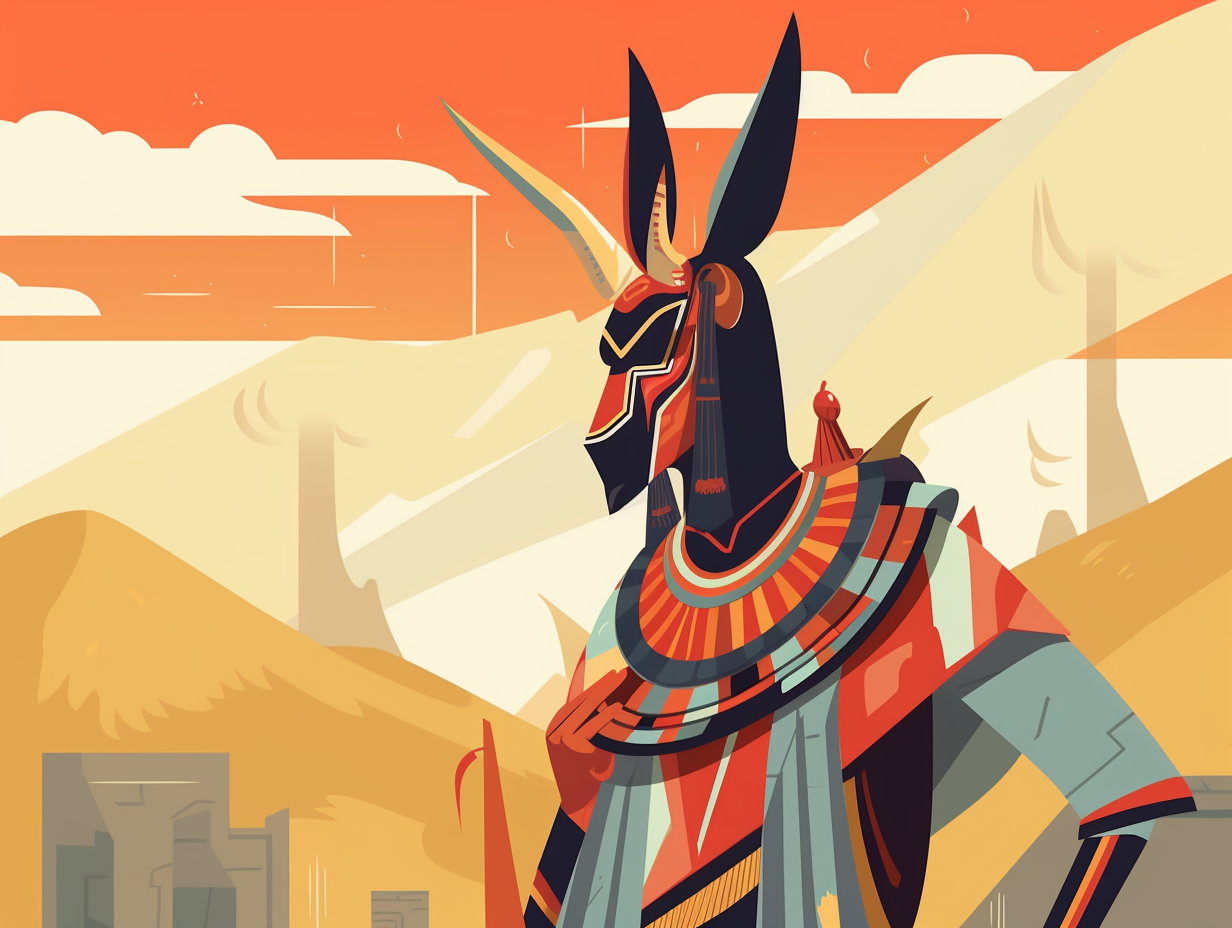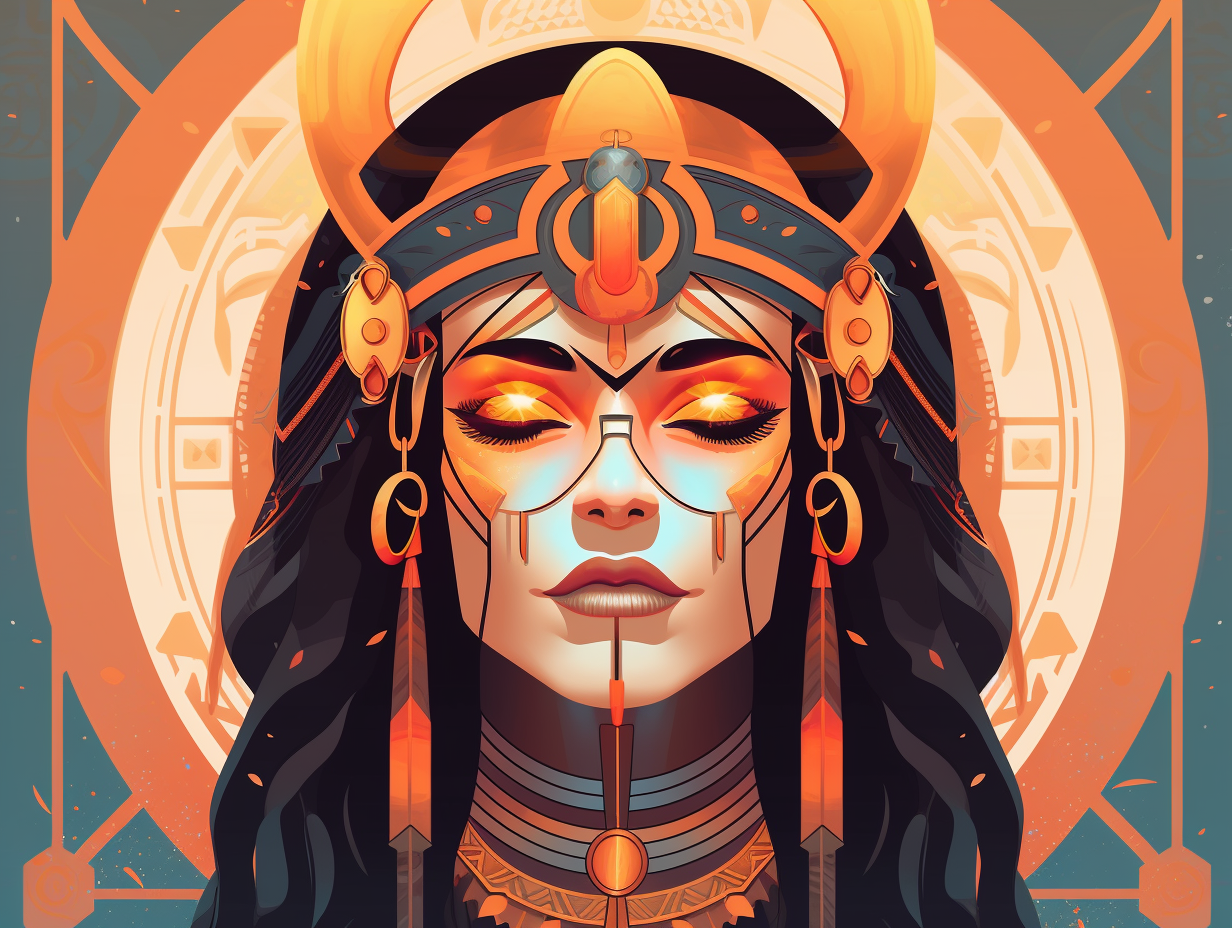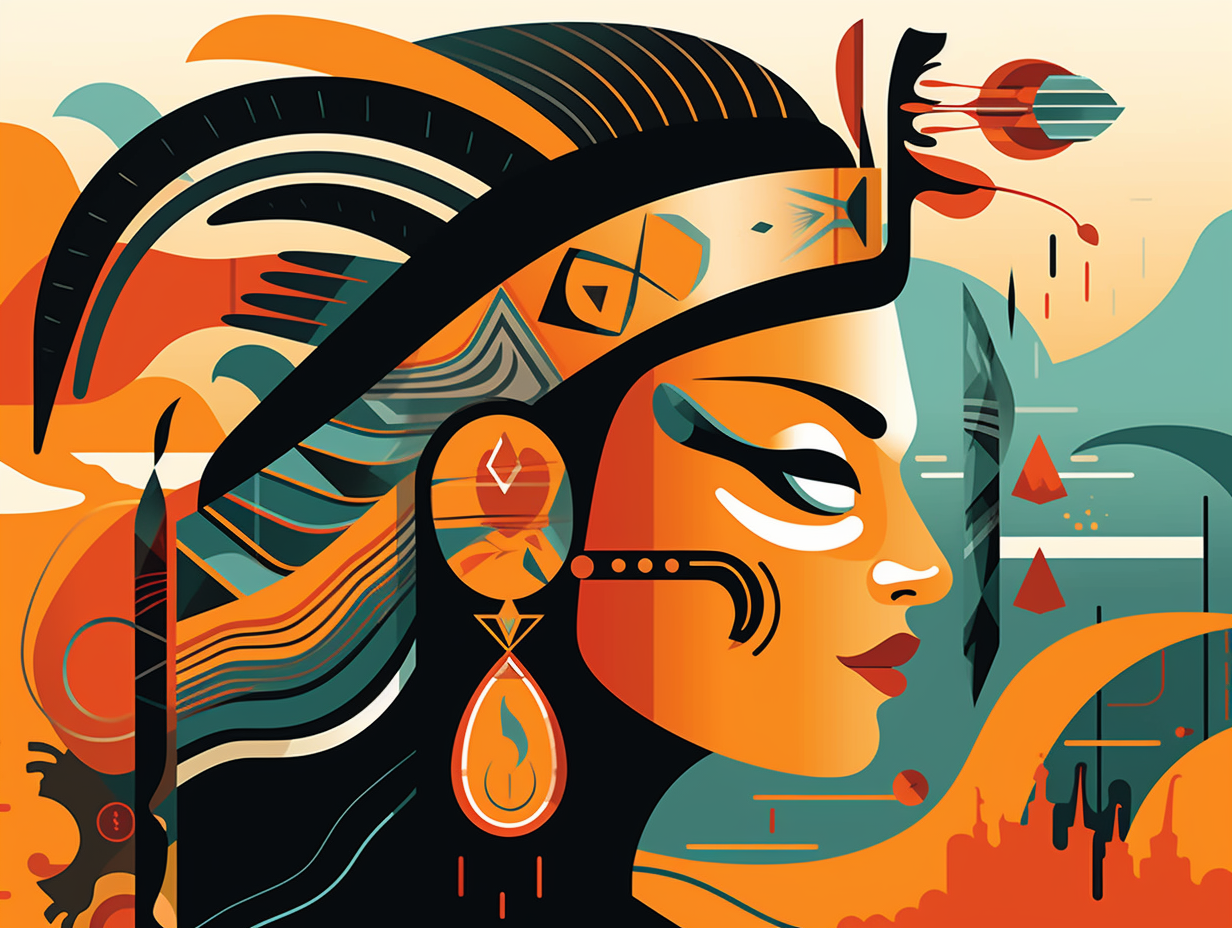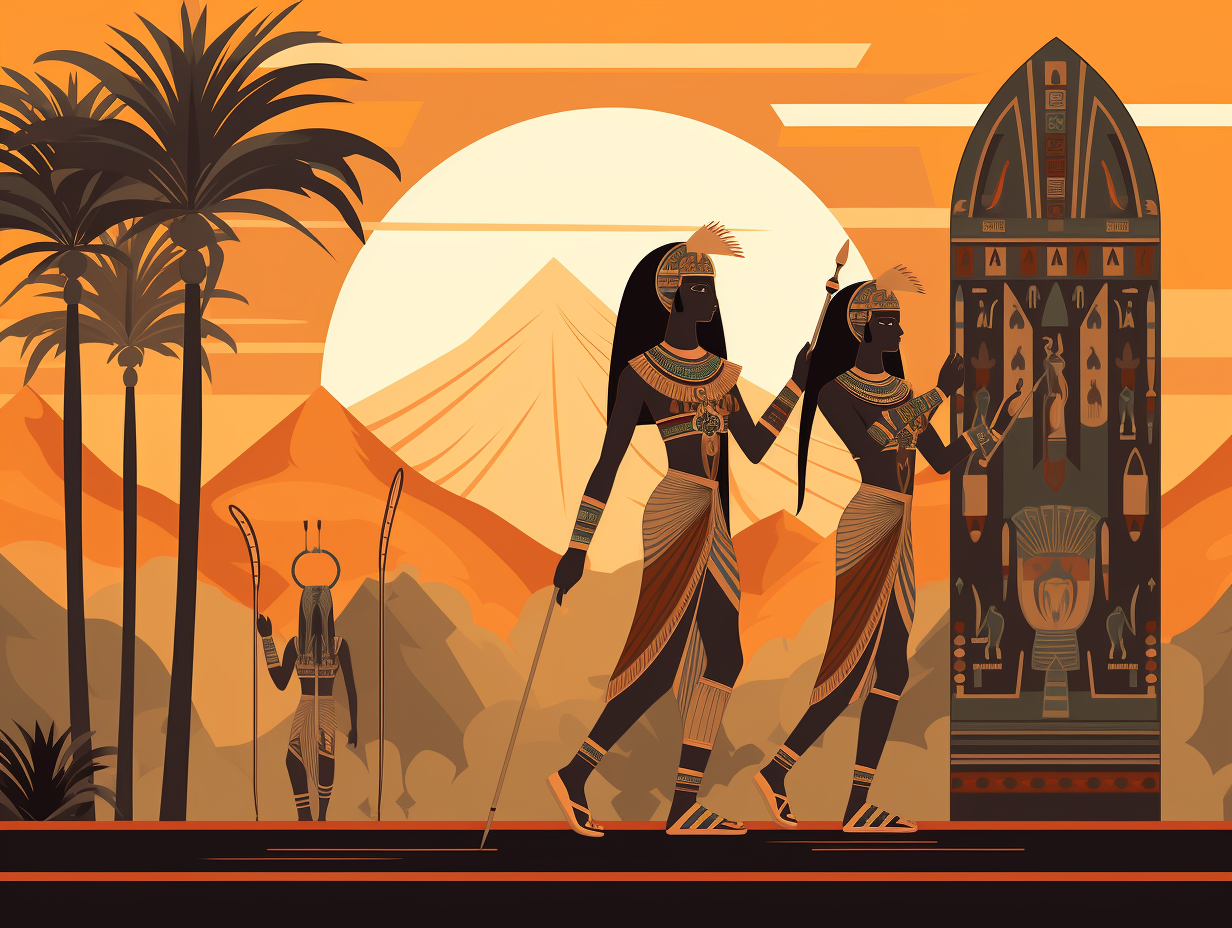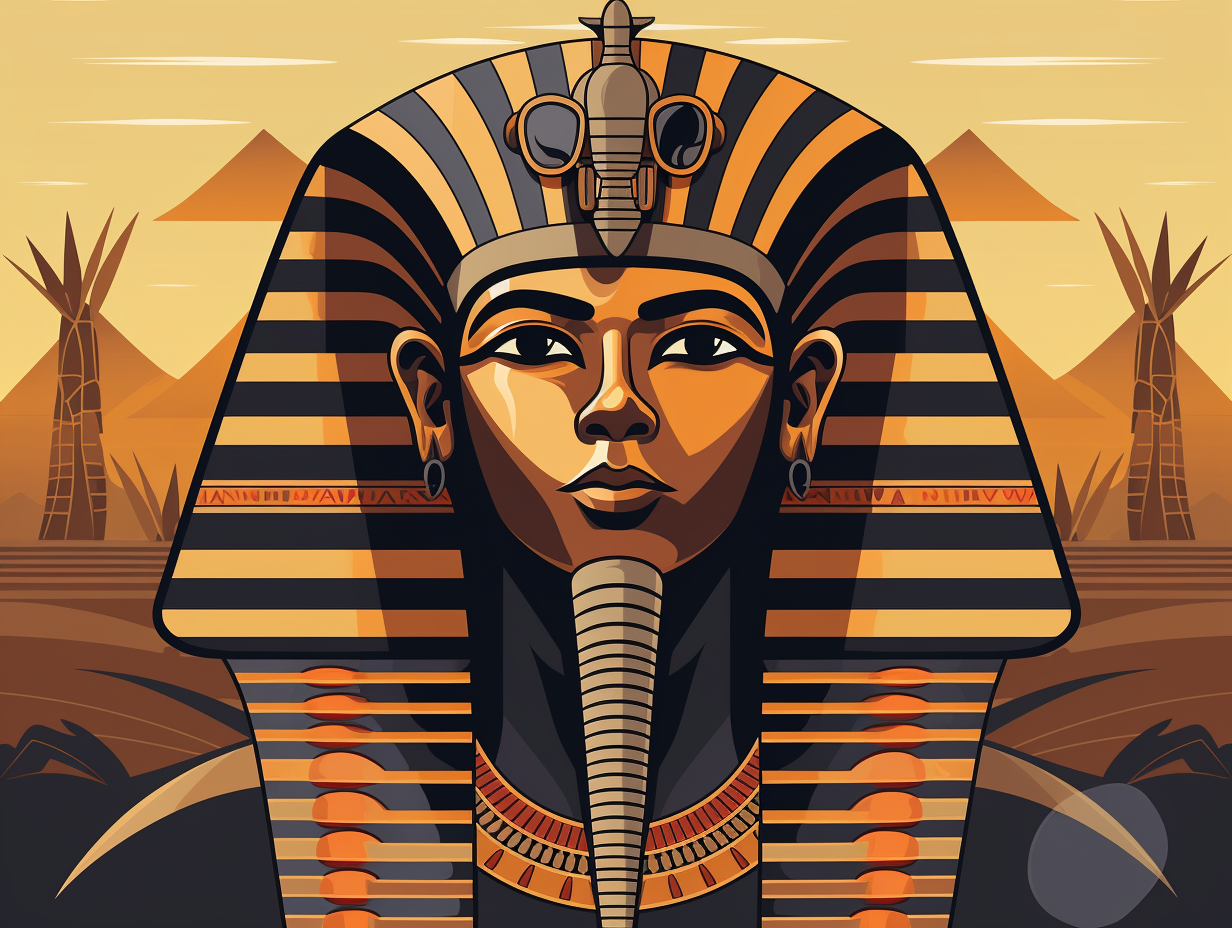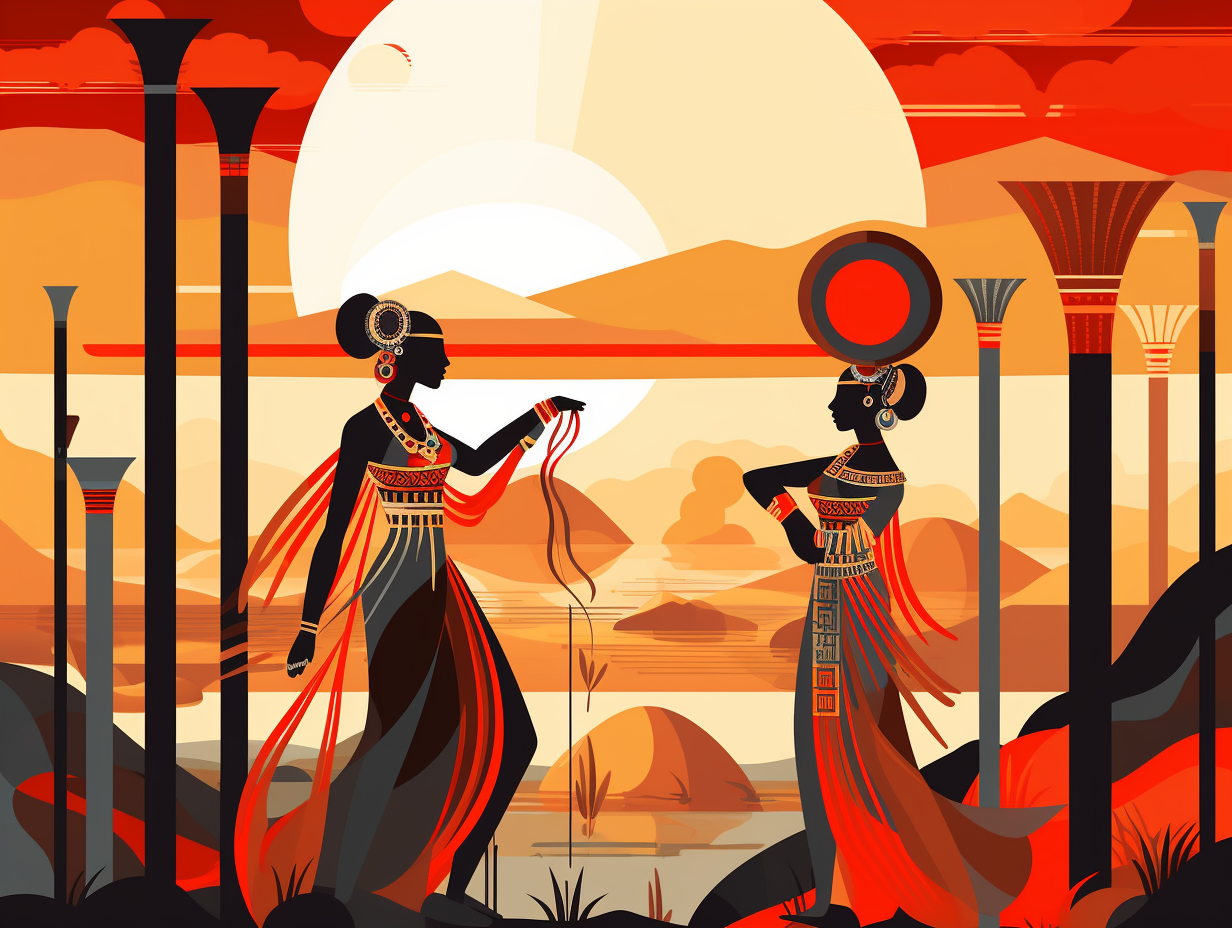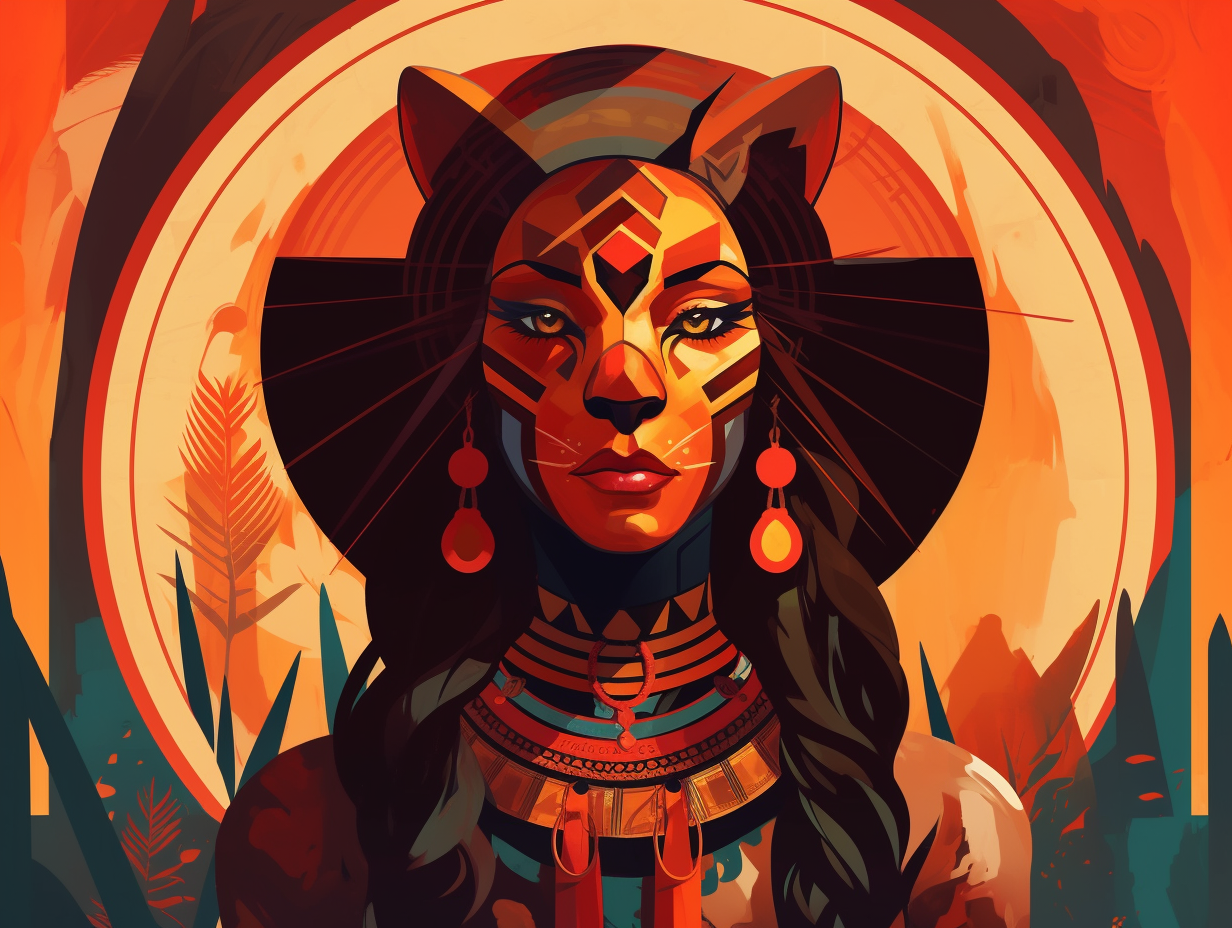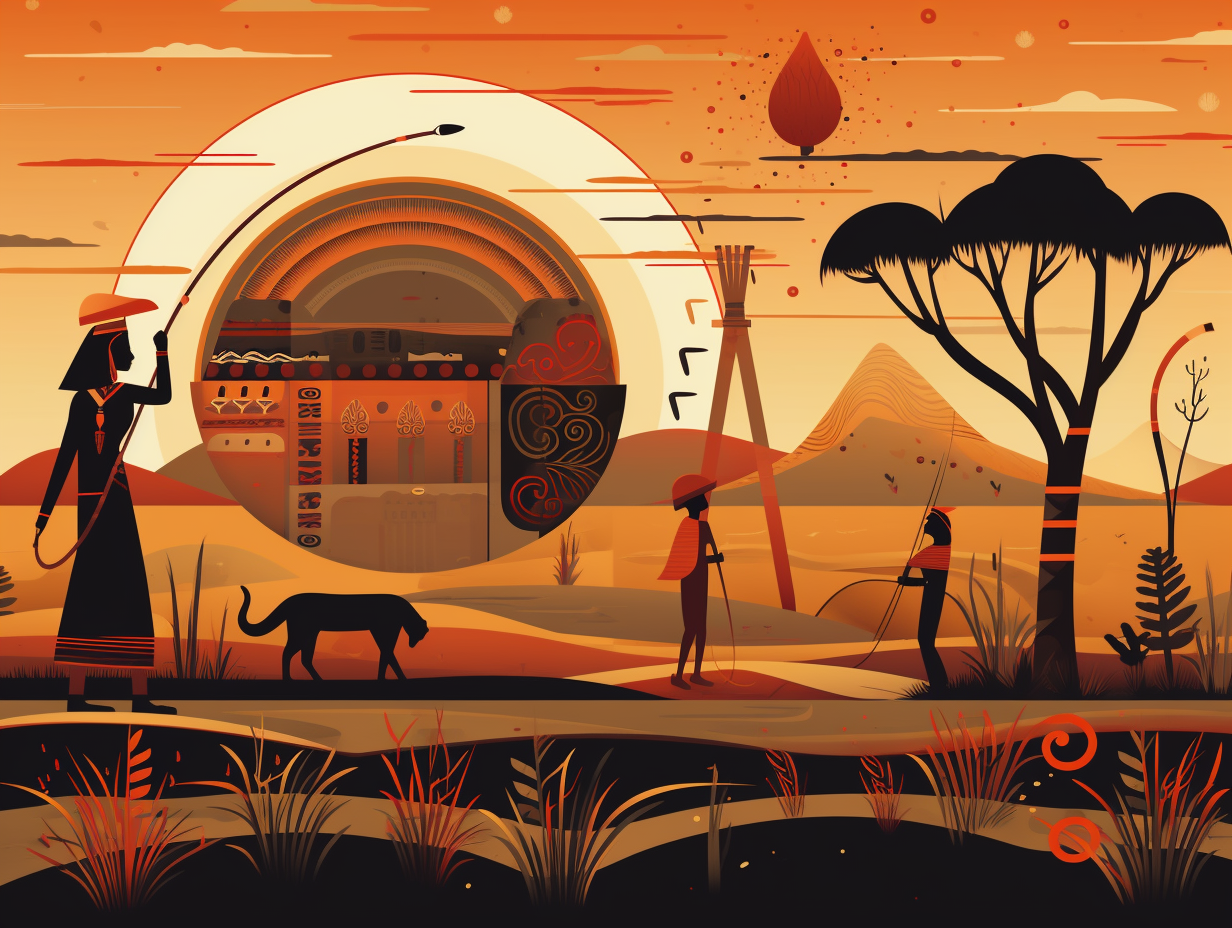Discover the New Kingdom of Egypt: Top 9 Fun Facts That Will Amaze You!
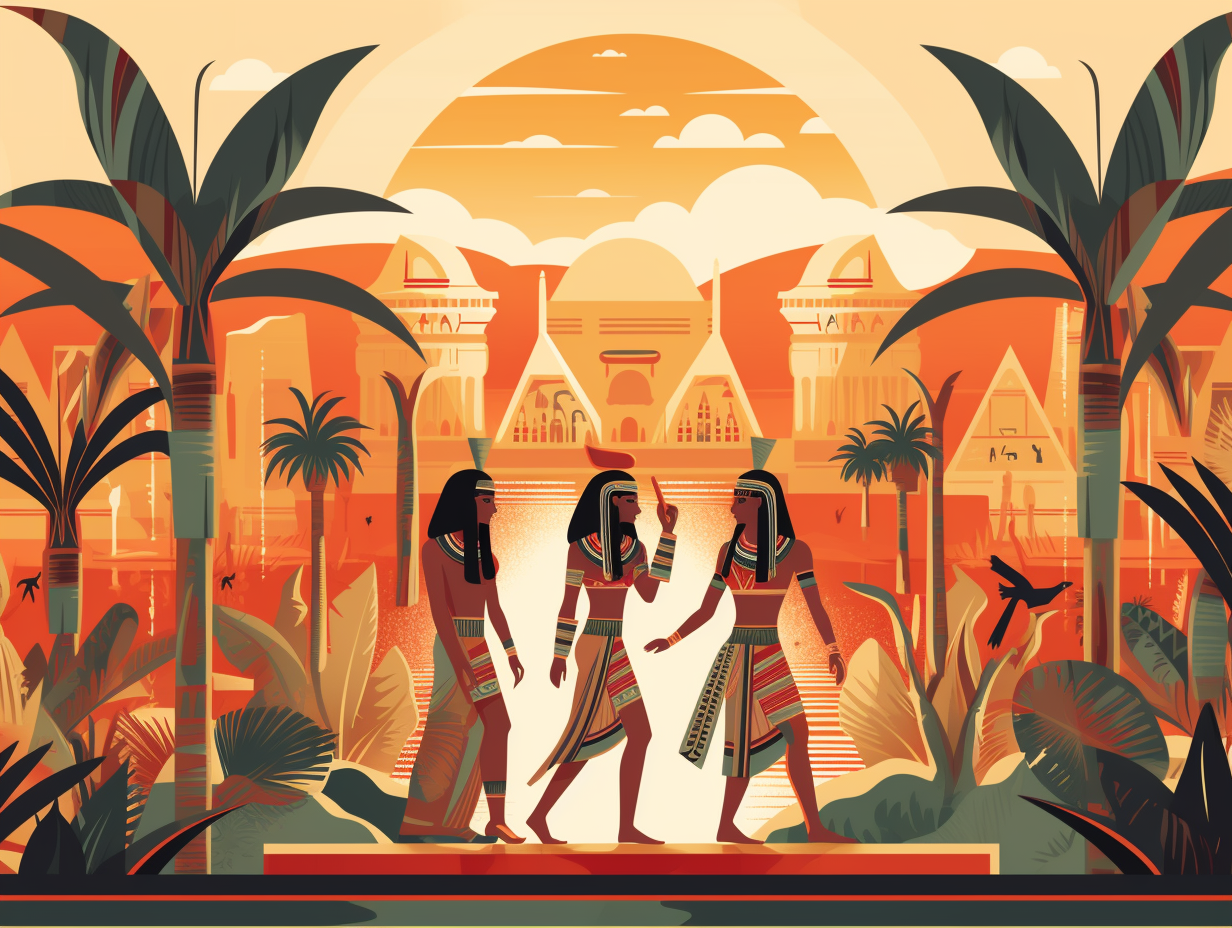
1. Androgynous Ancient Vogue
Talk about a makeover to end them all! Ancient Egypt's royalty put on their best androgynous faces during Akhenaten's rule and strutted their elongated stuff like they were the original cover models of Vogue: This major change in their artistic style symbolized their newfound religious beliefs in Atenism, with the sun disk Aten taking center stage as the top deity, even moving their capital to the snazzy new city of Akhetaten, with speedier talatat block construction. But rest assured, no pharaohs were harmed with freakish farsighted vision in the making of this swanky era.
Source => arce.org
2. Family (After)Life Goals
In a case of "like father, like daughters," King Tutankhamun couldn't bear the thought of being buried without his two infant girls by his side, proving that family (after)life goals were a thing even back in the New Kingdom of Egypt: Archaeologists discovered the mummies of two unnamed babies, both stillborn, lovingly placed in Tutankhamun's tomb, with DNA tests confirming them as the young pharaoh's children.
Source => en.wikipedia.org
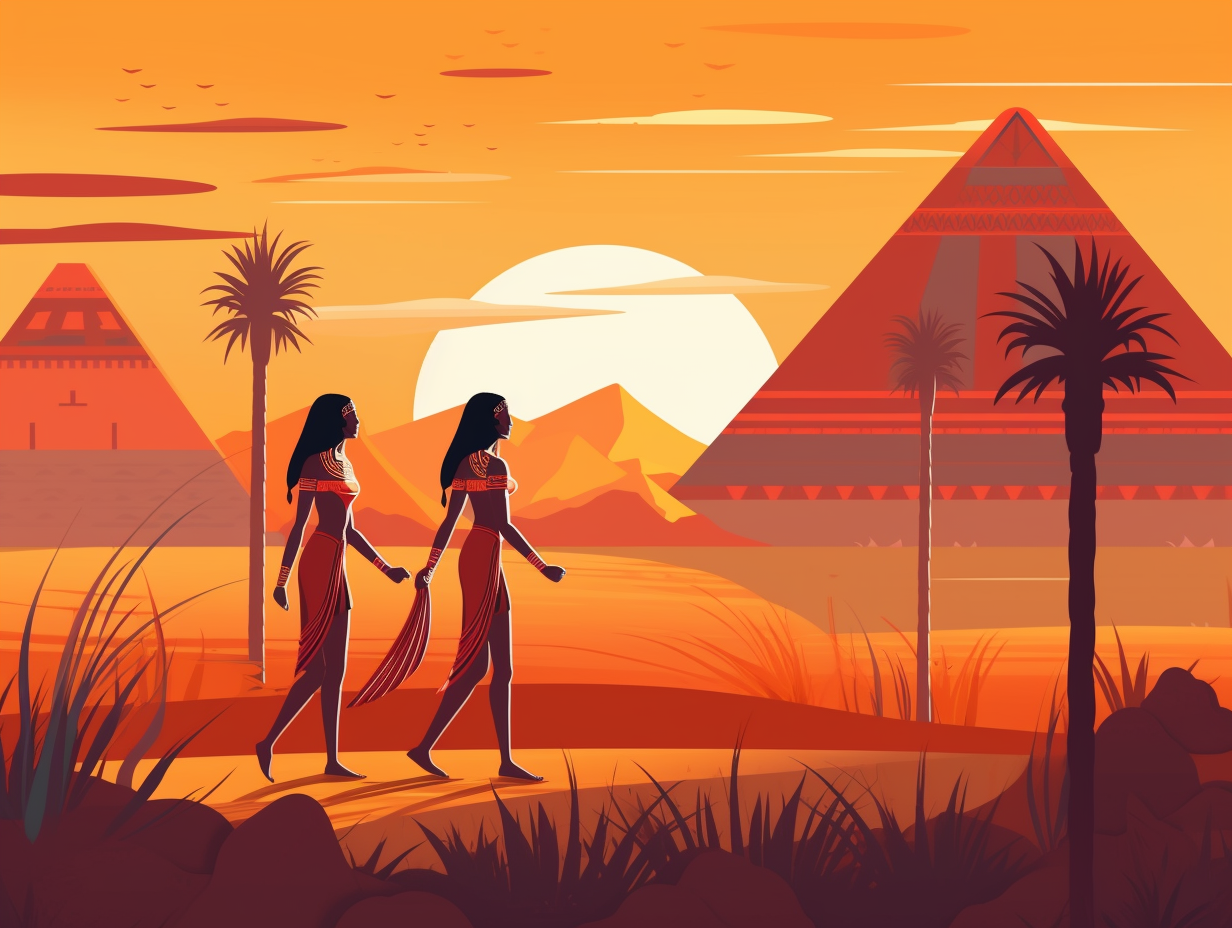
Did you know that the "pharaoh of sunscreen" Franz Greiter invented the sun-defending Glacier Cream in the 1930s, introducing the world to SPF and revolutionizing sun protection? Discover how this invention led to a multi-billion dollar industry! 🌞💡
=> Fun Facts about Egypt
3. Hatshepsut: DIY Queen
In an ancient world where home makeovers were truly monumental, the original DIY queen was undoubtedly Hatshepsut: This female pharaoh of the New Kingdom not only donned the traditional false beard but also supervised the construction of her breathtaking temple at Deir el-Bahri, Thebes, and the world's tallest twin obelisks at the entrance to the Temple of Mut at Karnak – feats so impressively huge in both scale and beauty that later pharaohs were desperate to slap their names on them as their own!
Source => worldhistory.org
4. Princess Tadukhipa's Desert Journey
When Princess Tadukhipa crossed the desert to marry her beloved, she made sure to pack the essentials - you know, like a dazzling gold-plated chariot, some top-notch horses, and a bedazzled litter (Egyptians sure knew how to travel in style!): In a bid to solidify a political alliance, the Mitanni kingdom sent the princess to marry Pharaoh Amenhotep III in Egypt, complete with extravagant gifts, but there's no evidence that the promised golden statues ever made their way to Mitanni.
Source => en.wikipedia.org
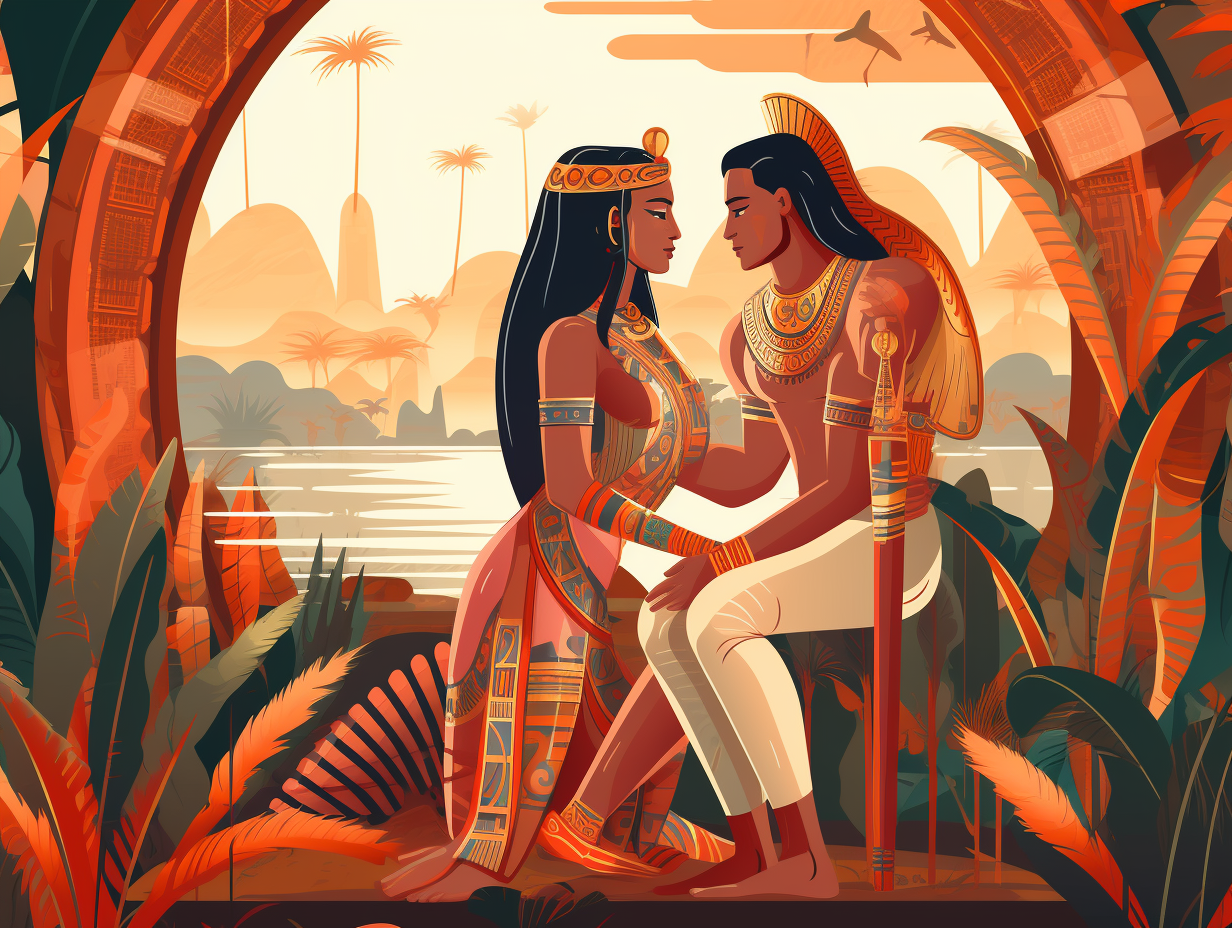
5. Ancient Egyptian Jenga
When ancient Egyptians played the ultimate game of "Jenga" with their temples: The Abu Simbel Temples were ingeniously relocated in 1968 – involving the dismantling of 3 to 20-ton blocks – to save them from going underwater due to the Aswan High Dam's construction, all while maintaining their ancient grandeur in a five-year, colossal, architectural marvel.
Source => memphistours.com
6. Monkeys: Egypt's Prized Pets
There's some serious monkey business in ancient Egypt, and we aren't just monkeying around: During the New Kingdom of Egypt, monkeys were often used as tribute from foreign lands, being depicted in paintings and even found mummified in tombs and catacombs throughout Egypt, proving their prized status among the pharaohs in Egyptian history.
Source => elifesciences.org
7. Akhenaten: Influencer of the Past
If Akhenaten were a modern-day influencer, he'd be breaking the Internet with his avant-garde family portraits and defying conventional beauty standards: During the Amarna period in the New Kingdom of Egypt, Akhenaten's artistic representations deviated from traditional Egyptian art with more naturalistic portrayals, illustrating himself with a feminine body and his female family members with physical signs of motherhood and aging.
Source => thecollector.com
8. Diplomatic Tea: Amarna Letters
Before there was Twitter, there were the Amarna Letters: ancient Egypt's version of diplomatic DMs filled with drama, trade talks, and subtweet-worthy shade: These 14th century B.C. correspondences, found in Tell el-Amarna, reveal social and political developments in the Near East, as rulers discussed everything from petty squabbles to exchanging lavish gifts, using Mesopotamian script and the Akkadian language.
Source => metmuseum.org
9. Ramesses II: Smiling Through Pain
Looks like Ramesses II took "putting on a brave face" quite seriously: this ancient Egyptian pharaoh ruled for over 66 years, led successful military campaigns, and still managed to grin and bear it despite suffering from arthritis, poor circulation, and a possible life-threatening dental abscess.
Source => en.wikipedia.org
Related Fun Facts


